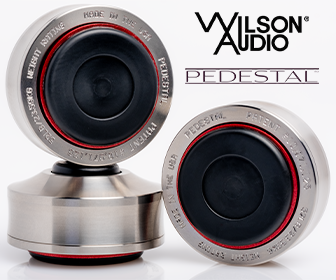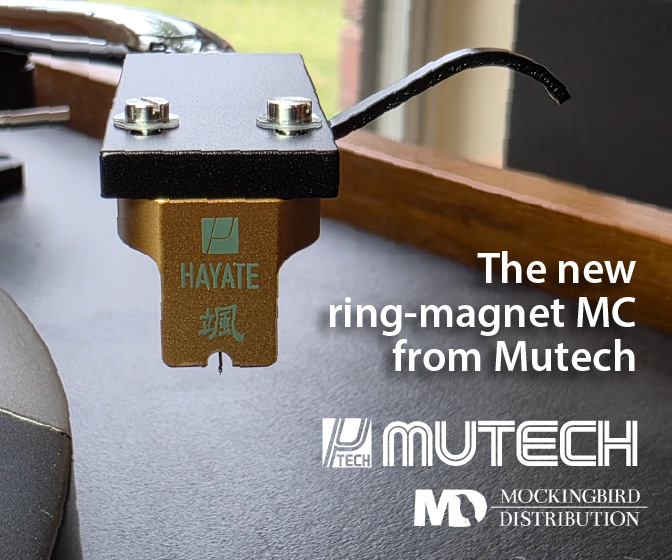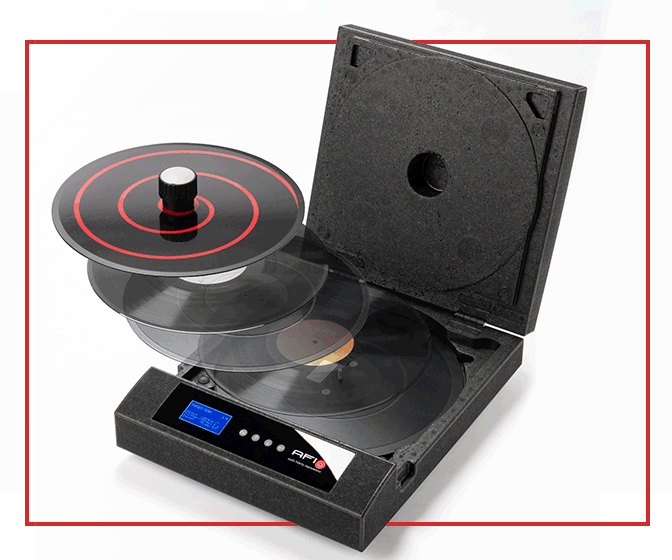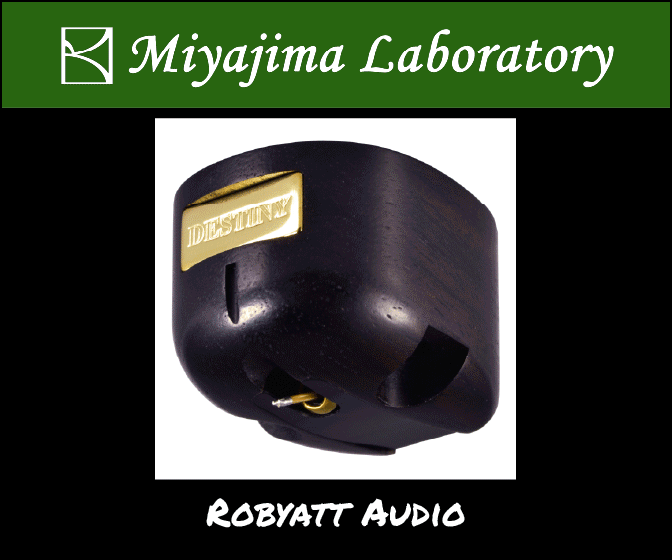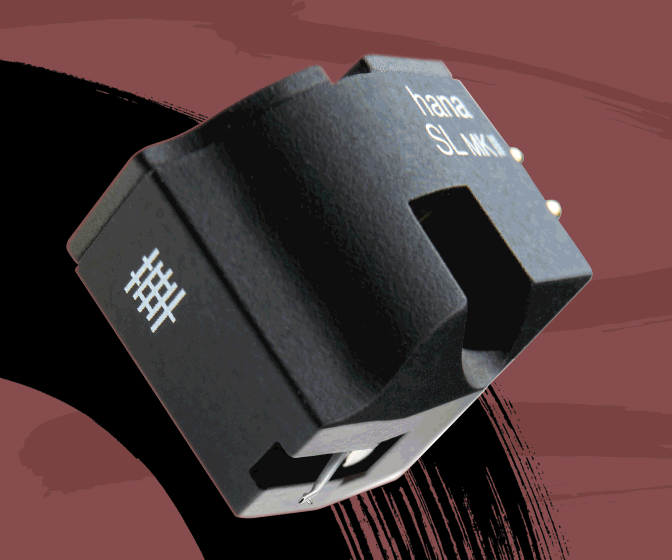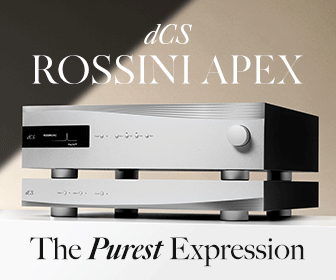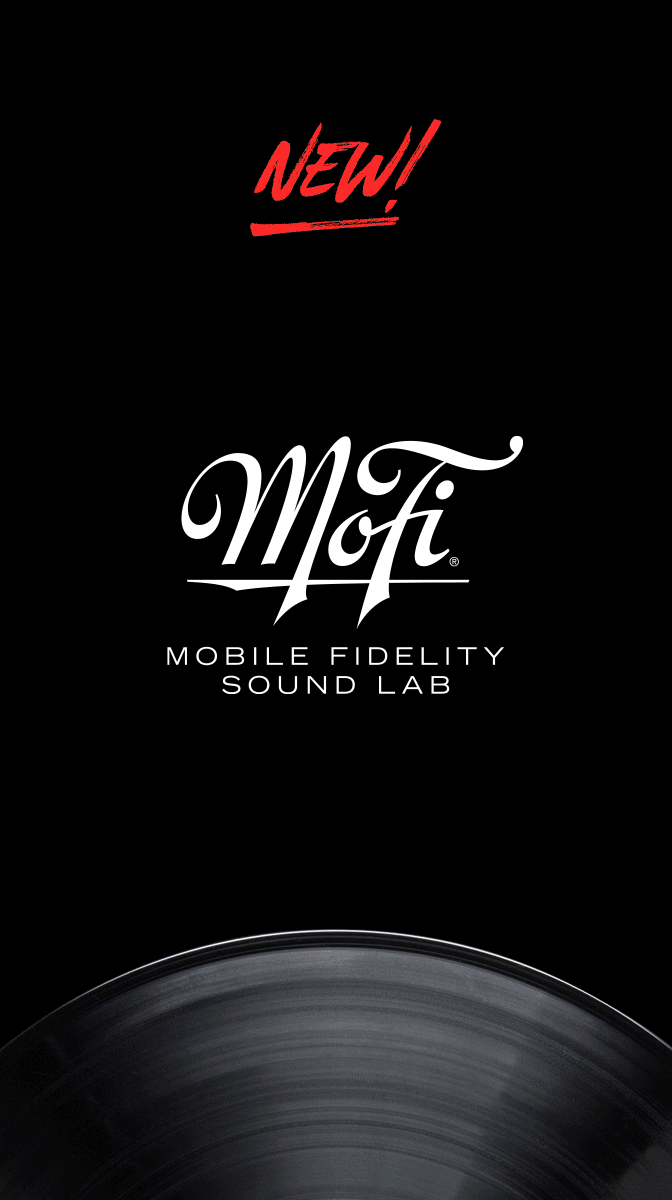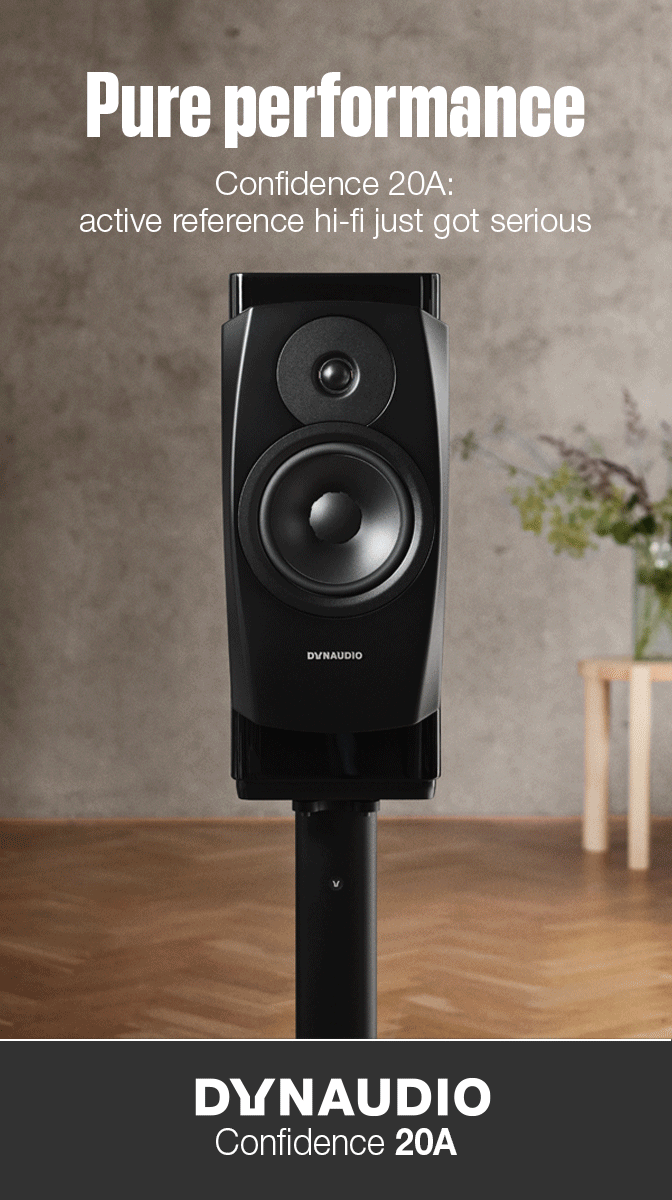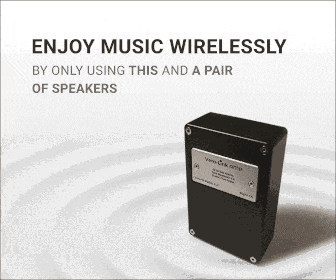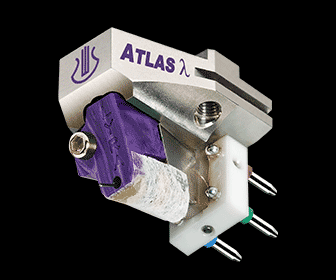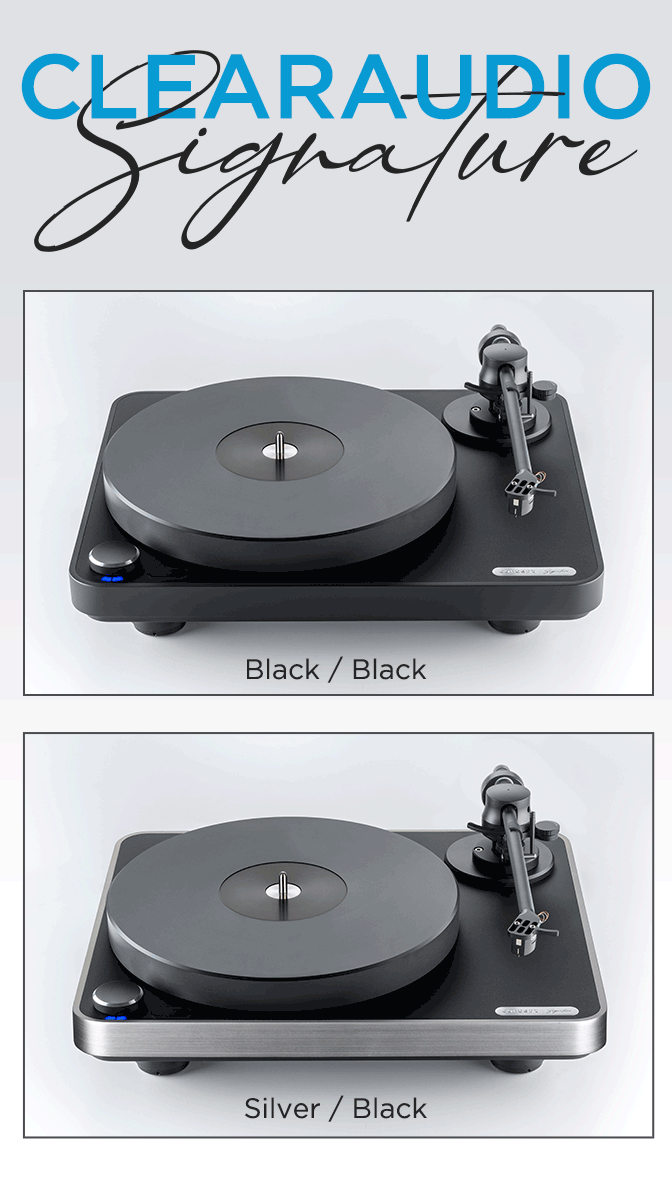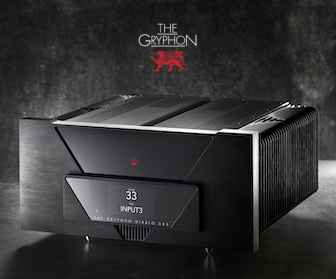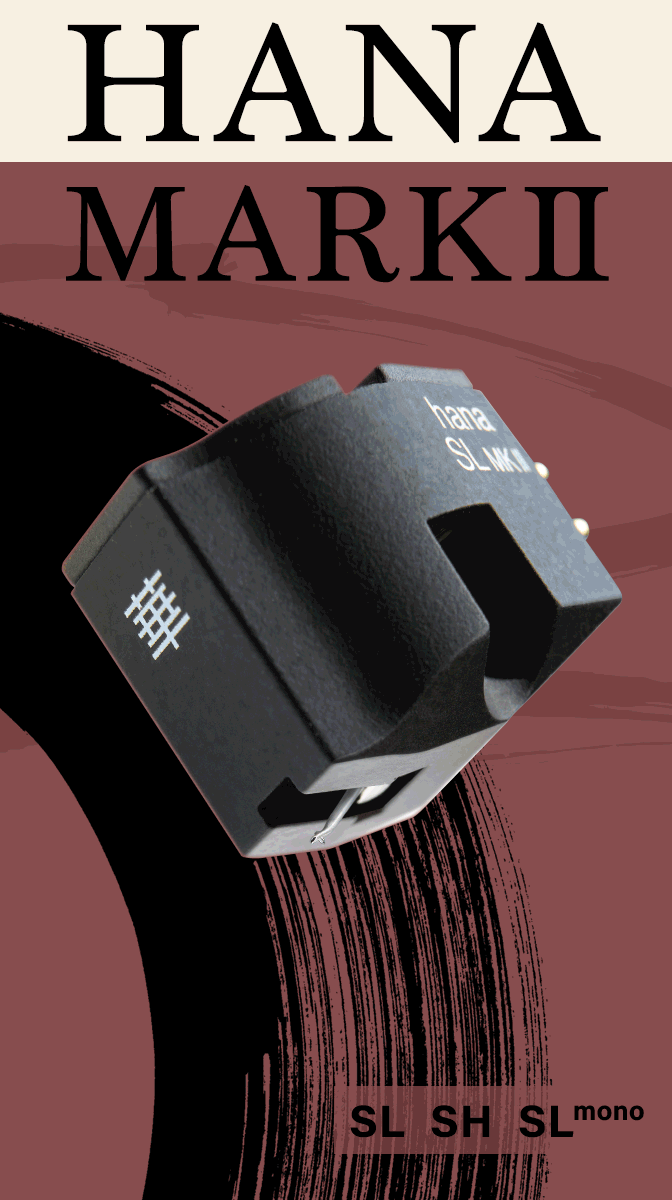The Kotetu Mono Cartridge- Worthy of its Pedigree
The least costly cartridge from Miyajima Labs certainly isn't "cheap"
This spring I visited the home of Los Angeles-based art dealer Stefan Simchowitz who, after building a somewhat controversial, yet undeniably successful contemporary art empire, has turned his eyes and ears to high end audio. This manifested most clearly in his sprawling Pasadena estate that functions as both a residence and multipurpose gallery space. The difference is that with each room of the house I toured, not only were they filled with various paintings, sculptures, and mixed-media art installations, but they were also each filled with their own dedicated hifi setups. Interestingly, nearly all were playing vinyl.
The sheer number of turntables didn’t surprise me as much as the fact that most were fully restored vintage idler wheel designs from Garrard and Thorens, and many featuring mono and stereo cartridges from Japanese cartridge manufacturer Miyajima, a brand which I had heard of quite frequently, but never spent any real time with. This all too short afternoon in Pasadena with Stefan -who is now operating as both a manufacturer and dealer under the umbrella of Simco Audio- is how I got acquinted with Miyajima distributor Robin Wyatt of Robyatt Audio. And that my friends, is how the Miyajima Kotetu Mono ended up on my doorstep.
Video from my visit to Simco Audio
Miyajima Laboratory has been around since 1980, headed by Noriyuki Miyajima and consisting of a full-time team of six technicians. This is a company that has always believed in quality mono reproduction, as their first commercial product was not a stereo cartridge, but rather a mono. The number of mono cartridges on the market today in relation to stereo are somewhat small, but infinitesimally smaller when you exclude repurposed stereo designs with stereo coils. All of Miyajima’s mono cartridges are true-mono designs with cantilevers that only process the horizontal axis and feature a single coil design. Throughout most of their history, their cartridges have been exotic wood-body designs, but the Kotetu Mono here with me is unique in their lineup, as it’s the company’s most inexpensive mono product at $875, and made from a composite body.
The Kotetu Mono is an outlier in another way, since 2017 this cart has been fitted with a 0.4 x 0.7 mil bonded elliptical diamond stylus unlike the majority of similar mono carts that use purely conical styli. The full specs for the Kotetu are listed below this review.
I set up the Kotetu Mono on two tonearms on two different turntables, the first was the Technics SL-1300G with its low mass aluminum S-Shaped arm and detachable headshell, and on my reference setup, the Acoustic Signature TA-1000 9” tonearm mounted on my Pure Fidelity Horizon turntable. The Kotetu uses my least favorite mounting setup (screws with nuts rather than threaded holes) but aside from having to get my fat fingers to fasten the tiny nuts it wasn’t much different than any other cart. Alignment was aided by my Dr. Feickert Universal Protractor with which I set the Kotetu to its Lofgren geometry. Miyajima’s recommended tracking force is 3.5g which is heavier than I’ve ever seen in a modern moving coil cartridge, but I’ve long ago learned not to doubt the manufacturers VTF instructions, as tracking a cart too light can seriously damage your records. After that I set the loading on my Allnic H1202 to 117 ohm and I was off.
 The Kotetu Mono mounted on my Acoustic Signature TA-1000/Pure Fidelity Horizon
The Kotetu Mono mounted on my Acoustic Signature TA-1000/Pure Fidelity Horizon
My review sample appeared to have been already broken in, so I set about digging through my collection for mono gems new and old. During my brief tenure in Los Angeles I stumbled upon a collection of original Capitol Frank Sinatra pressings in mono at an estate sale, price at 2 dollars each. Now these are not rare records by any stretch, but they are somewhat rare to find in untouched condition, which these basically were. One of my favorites from that collection is 1959’s No One Cares (W 1221), a record Sinatra recorded with arranger Gordon Jenkins that contains some of the singer’s most sorrowful tunes.
From the first notes of the title track it was easy to tell what this cartridge was capable of, Sinatra’s voice was thicker and bolder than I’d ever heard played on my stereo cartridges, even with the aid of a mono switch. Not only that but the dynamics, particularly the taper of his notes at the end of phrases, were wider in scope, leading to wonderful intimate moments. When he would dip for low consonants, like in ‘A Cottage for Sale’ you even hear a bit of the rasp and fluid in his voice, the kind of texture that makes the presentation sound lifelike.
Taking the sound I was hearing from the Kotetu compared with higher priced stereo cartridges was like removing a rounded haze from the sound, transients of all the instruments, but in particular the string orchestra accompaniment sharpened up. Starts and stops of notes were now more clear and the monophonic instrumental image held greater differentiation between instrumental timbres.
That clarity could help or hurt depending on the quality of the LP you’re selecting. Case and point, my Mono UK copy of Hollies’ Greatest (PMC 7057) which is a 1968 compilation of UK singles released just before Graham Nash’s departure from the group. While some tracks on this album are more balanced, the opening ‘I Can’t Let Go’ has a guitar tone so sharp and tipped up, that it could carve an Easter brunch ice sculpture. That brightness (and lack of bass) wasn’t the doing of the Miyajima, it was rather a very accurate reflection of the mix of this particular song, but what I’m trying to get across is that the Kotetu Mono presented a very honest and detailed presentation of what was actually in the grooves. This also meant that when the much better recorded ‘Carrie Anne’ came up, I could hear all the layered vocal overdubs from the pop group, and while I hesitate to talk too much about “soundstage” in the context of mono, it was very much as if each voice was distinctly outlined and occupied its own space in the listening field in front of me.
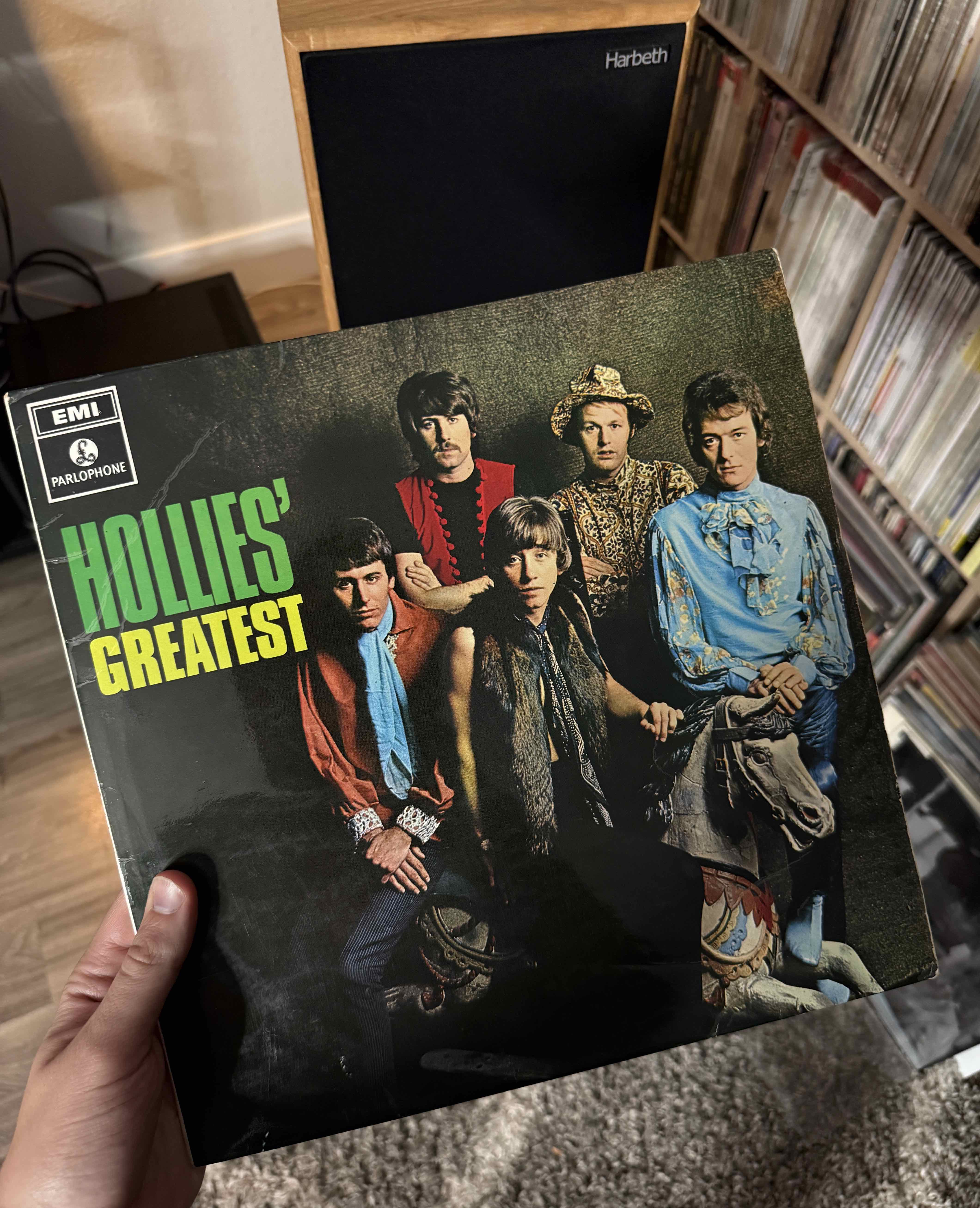 PMC 7057 Hollies' Greatest
PMC 7057 Hollies' Greatest
The Kotetu proved to be an adept window into the recording session no matter what I threw at it, including modern audiophile reissues like The Jazz Messengers Hard Bop (Impex IMP6016) where I could hear minute details like articulation choices when Jackie McLean and Bill Hardman would trade solos, or also with Donovan’s Wear Your Love Like Heaven (Sundazed LP 5431) where auxiliary instruments like the marimba or harpsichord shine through the texture drawing my ear to new sonorities I haven’t bothered to pay attention to in these songs I’ve heard countless times.
Then also from Impex, there was Heifetz’ The Lark (IMP 6052), an album I reviewed last year for this very website. This LP sounded spectacular on my Hana Umami Red with a mono switch in the chain, could a mono cart at ¼ the price improve upon that sound drastically? Well yes it turns out it could! I played this record on both carts in the same weekend and lo and behold the Kotetu presented a much more focused, meaty sound that made the instruments sound more physically present out of the speakers. Heifetz’ violin had this rich low end warmth that was hinted at with the stereo cartridge, but was further fleshed out and glaringly obvious with the Miyajima. Small details in the accompaniment also came across far better, such as the right hand lines in the organ part for the Vitali ‘Chaconnne’ which imitate the violin part at times.
For fun I pulled out a record I hadn’t played in ages, my original Pictures at an Exhibition with Rafael Kubelik and the Chicago Symphony Orchestra (Mercury MG 50000), the first classical album recorded by Robert Fine and George Piros for Mercury records using the label’s new high-fidelity recording setup, featuring a single Neumann U-47 microphone hung 15 feet above the front of the stage. This LP, recorded in the spring of 1951, is of course the same one that caused a critic to remark that it sounded like “the living presence of the orchestra”, thus giving birth to Mercury Living Presence, one of the greatest classical recording endeavors of the 20th century.
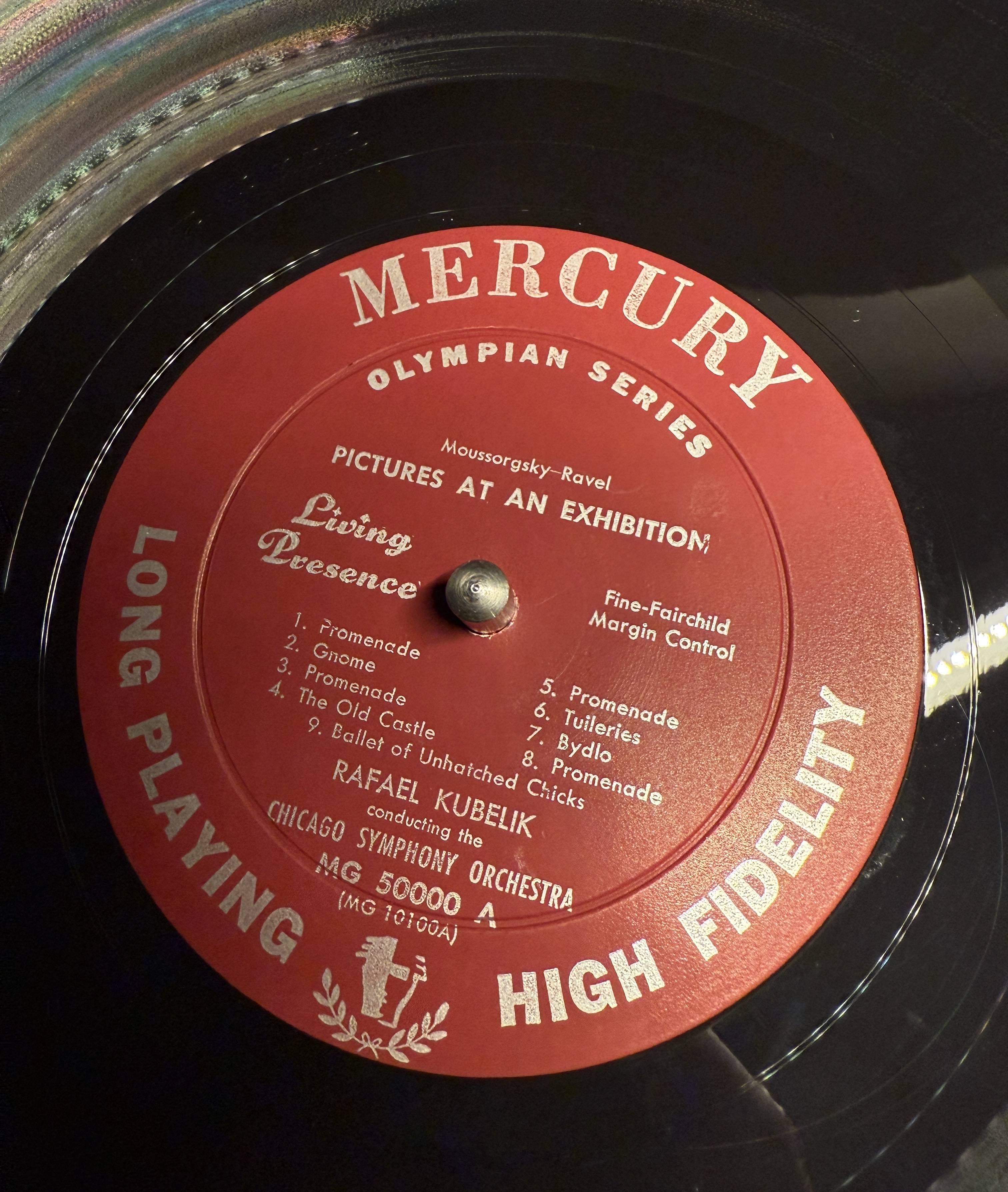 MG 50000 Pictures at an Exhibition
MG 50000 Pictures at an Exhibition
Standards in 1951 were not quite what they are now, or even what they would become just a few years later when the team of Robert and Wilma Fine would record their lauded stereo series. However, there is a wonderful directness to the sound on this disc, especially in the opening trumpet ‘Promenade’ but don’t expect the large open orchestral sound of later Mercury recordings. Still, this LP was fascinating to play on the Kotetu, where the cartridge brought out the surprising bass growl buried in these nearly 75 year-old grooves. The bass clarinets and bassoons truly rumbled in the ‘Castello’ vignette, and the wide vibrato of the saxophone is crystal clear on ‘Bydlo’, contrasting with the more refined color of the clarinets and oboes which poke their heads in periodically. This recording is a time capsule to both the birth of high fidelity recording arts, but also to an orchestra rapidly changing in sound and artistry, that is almost sonically unrecognizable today (not a value statement, just an observation of fact). The Kotetu was for all intensive purposes, my time machine on this journey.
Miyajima are known best for their costly and exotic wooden mono carts, but the Kotetu proves that this company can make a refined moving coil cartridge for the masses. At $875 I would never call it budget, but it should sway objections over cost of entry for those audiophiles hesitant to embrace purchasing a separate mono cartridge. If you’re looking for your first mono pickup, this is the best example I can think of, with Miyajima’s true mono mechanical and electrical design carried down from their more exotic offerings. It gives you a taste of what this type of topology can offer, which turns out to be a lot! While the Kotetu must now return to Robyatt audio for the upcoming Capital Audio Fest, I wouldn’t be surprised if I found myself dipping my toes further into the Miyajima line in the future.
Specifications
Weight | About 6.4g |
Size | W 18.0mm × D 23.5mm (excluding terminals) |
Tracking Force | "MONO" 3.0 - 4.5g |
Impedance | About 4Ω |
Compliance (10Hz) | around 8×10-6cm/dyne |
Suitable Temperature | 20-30 Celsius (most suitable 25 C) |
Stylus Shape | "MONO" 0.4 x 0.7 mil bonded elliptical diamond stylus |




